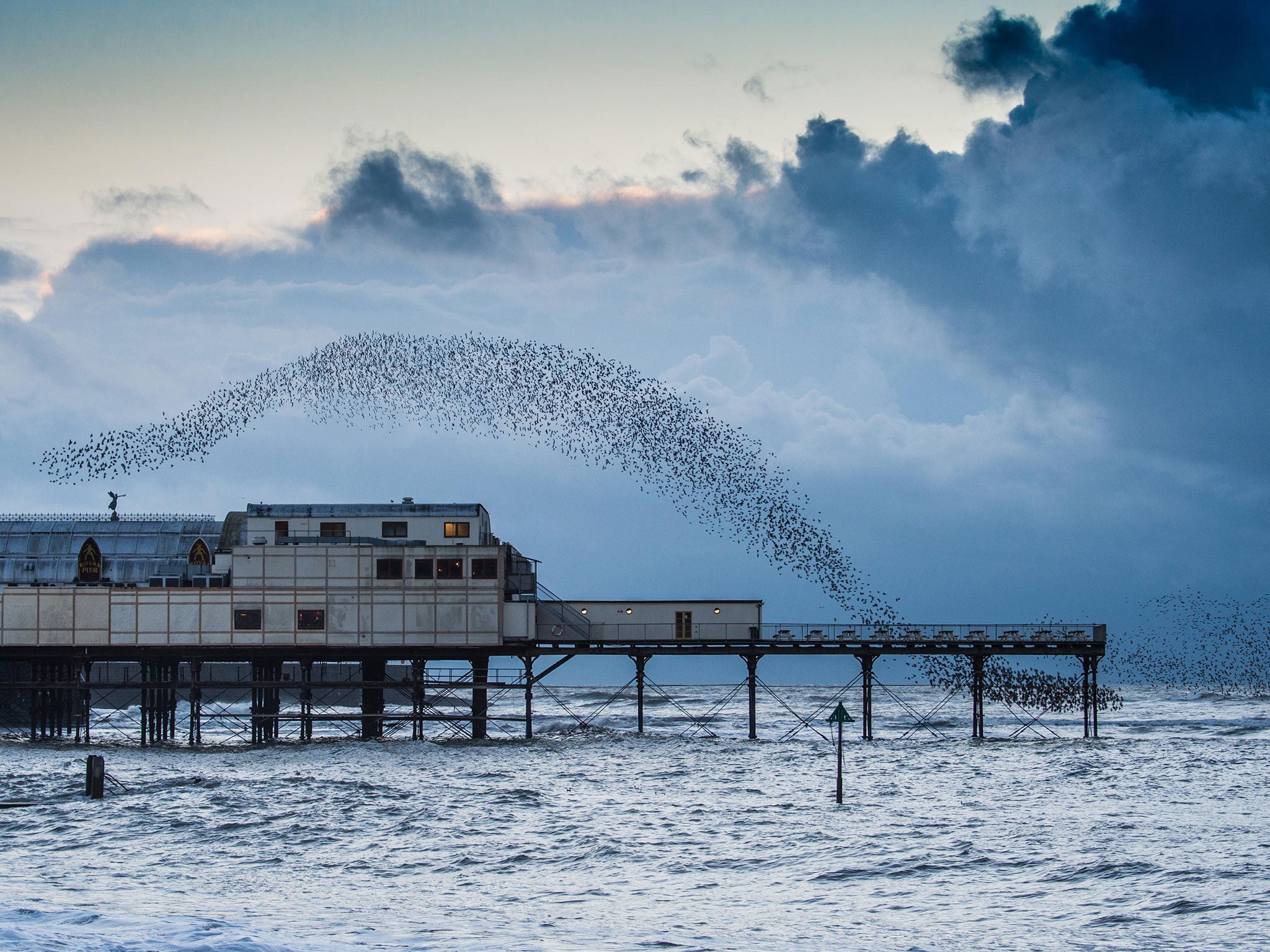Hundreds of millions of birds have disappeared in 30 years
Growth of agriculture and urbanisation has cut suitable habitat

Your support helps us to tell the story
From reproductive rights to climate change to Big Tech, The Independent is on the ground when the story is developing. Whether it's investigating the financials of Elon Musk's pro-Trump PAC or producing our latest documentary, 'The A Word', which shines a light on the American women fighting for reproductive rights, we know how important it is to parse out the facts from the messaging.
At such a critical moment in US history, we need reporters on the ground. Your donation allows us to keep sending journalists to speak to both sides of the story.
The Independent is trusted by Americans across the entire political spectrum. And unlike many other quality news outlets, we choose not to lock Americans out of our reporting and analysis with paywalls. We believe quality journalism should be available to everyone, paid for by those who can afford it.
Your support makes all the difference.Europe has 421 million fewer birds today than it did three decades ago, as the growth of agriculture and urbanisation has sharply reduced suitable habitat, a new study has found.
Around 90 per cent of the losses have affected the most common and widespread species, including sparrows, skylarks, grey partridges and starlings.
Dr Richard Inger, one of the researchers from the University of Exeter, said: “It is very worrying that the most common species of bird are declining rapidly because it is this group of birds that people benefit from the most. It is becoming increasingly clear that interaction with the natural world and wildlife is central to human wellbeing, and significant loss of common birds could be quite detrimental to human society.”
However, not all common birds are declining. Populations of great tits, blue tits, robins and blackbirds, are all going up, the study found.
Rare species such as marsh harriers, ravens, buzzards, storks and stone curlews have also seen their populations increase in the past 30 years, due to conservation efforts.
The research, which also involved the Royal Society for the Protection of Birds (RSPB) and the Pan-European Common Bird Monitoring Scheme, is published in the journal Ecology Letters.
Join our commenting forum
Join thought-provoking conversations, follow other Independent readers and see their replies
Comments